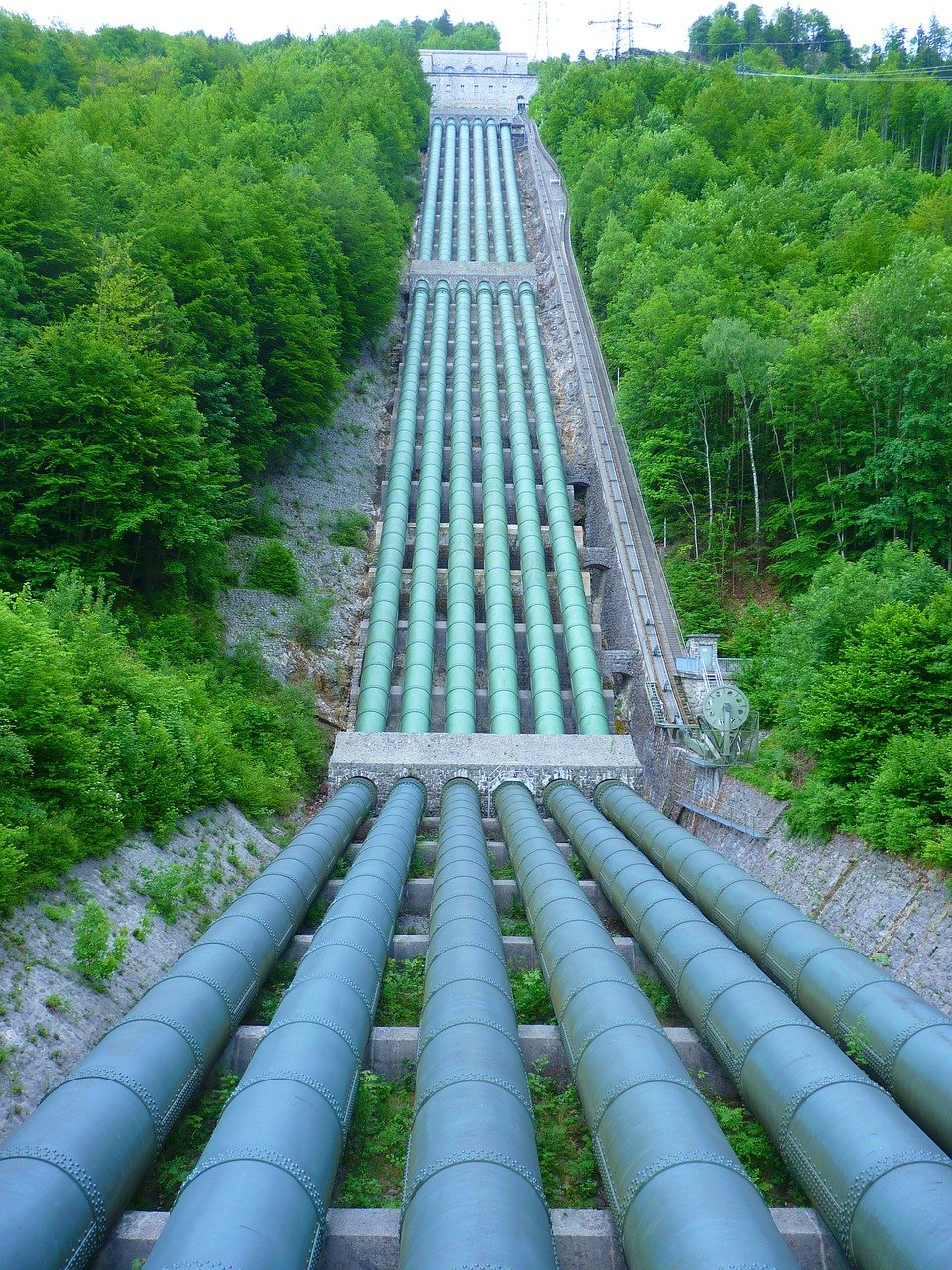- The flow of Russian gas through Ukraine ceased on New Year’s day, sparking a crisis in neighboring Moldova, particularly in Transnistria.
- Transnistria, a separatist region of eastern Moldova, began the year with only hospitals and critical infrastructure being heated.
- Transnistria’s main power plant is being fuelled by coal instead of Russian gas, and there’s only enough of that for 50 days.
- The halt in gas supply also affects Slovakia and Hungary, and could have serious economic and political consequences for Moldova.
The New Year brought a significant shift in the energy landscape of Eastern Europe. On the first day of the year, the flow of Russian gas through Ukraine ceased, marking a turning point in the region’s energy dynamics. This development has sparked a crisis in neighboring Moldova, particularly in Transnistria, a separatist region of eastern Moldova loyal to Moscow. The region began the year with only hospitals and critical infrastructure being heated, leaving residents in the cold.
Dmitry, a resident of Transnistria, reported to the BBC that the hot water was on until about 2am, and now it’s off and the radiators are barely warm. The pressure of the gas is very low, indicating just what’s left in the pipes. Transnistria, which split from the rest of Moldova during the collapse of the Soviet Union, still has Russian troops on its soil and an economy that’s fully dependent on Russian gas. The authorities in Tiraspol, the capital of Transnistria, do not pay for the Russian gas they use. Instead, they maintain a file indicating the debt accrued each month. However, Russia has shown no interest in asking for this money.
The Impact on Transnistria and Moldova
The lifeline via Ukraine has now been cut, causing a crisis in the region. In response to the gas cut-off, authorities in Transnistrian towns are setting up heating points and hotlines for help finding firewood. Families have been advised to gather in one room for warmth and seal cracks in the windows and doors with blankets. The temperature overnight is forecast to fall below 0C, causing concern among residents about the cold January might bring.
The electricity is still flowing, for now. But Transnistria’s main power plant in Kurchugan is already being fuelled by coal instead of Russian gas, and the authorities say there’s only enough of that for 50 days. This poses problems for the rest of Moldova, which gets 80% of its electricity from Kurchugan. The government in Chisinau, the capital of Moldova, says it has enough gas to heat the country until spring and it will switch to buying electricity from Europe, but that means a giant hike in costs.
The Political Ramifications and Future Implications
A state of emergency was introduced last month and businesses and citizens have been told to reduce consumption with the country braced for power cuts. The abrupt halt in gas via Ukraine also affects Slovakia and Hungary, both of which have governments sympathetic to Moscow and have been slower than others in the EU to wean themselves off Russian fuel and stop funding Russia’s war. Paying more for alternative supplies will squeeze their budgets.
Moldova is poorer and less stable, and a prolonged crisis could have serious economic and political consequences. Russia could supply its allies in Transnistria via Turkey, albeit at a higher cost, which would mean electricity for all Moldova. However, Gazprom, Russia’s state-owned gas company, claims it has halted supplies because Chisinau is almost $700m in debt. The Moldovan government says an international audit put the true amount at around $9m which has mostly been repaid.
The crisis in Moldova and Transnistria is reminiscent of the 2009 gas dispute between Russia and Ukraine, which also led to severe gas shortages in several European countries. The current situation underscores the geopolitical complexities and vulnerabilities associated with energy dependence in the region. It also highlights the potential for energy resources to be used as a tool of political leverage and coercion, underscoring the need for diversification of energy sources and routes, as well as enhanced energy security measures.

